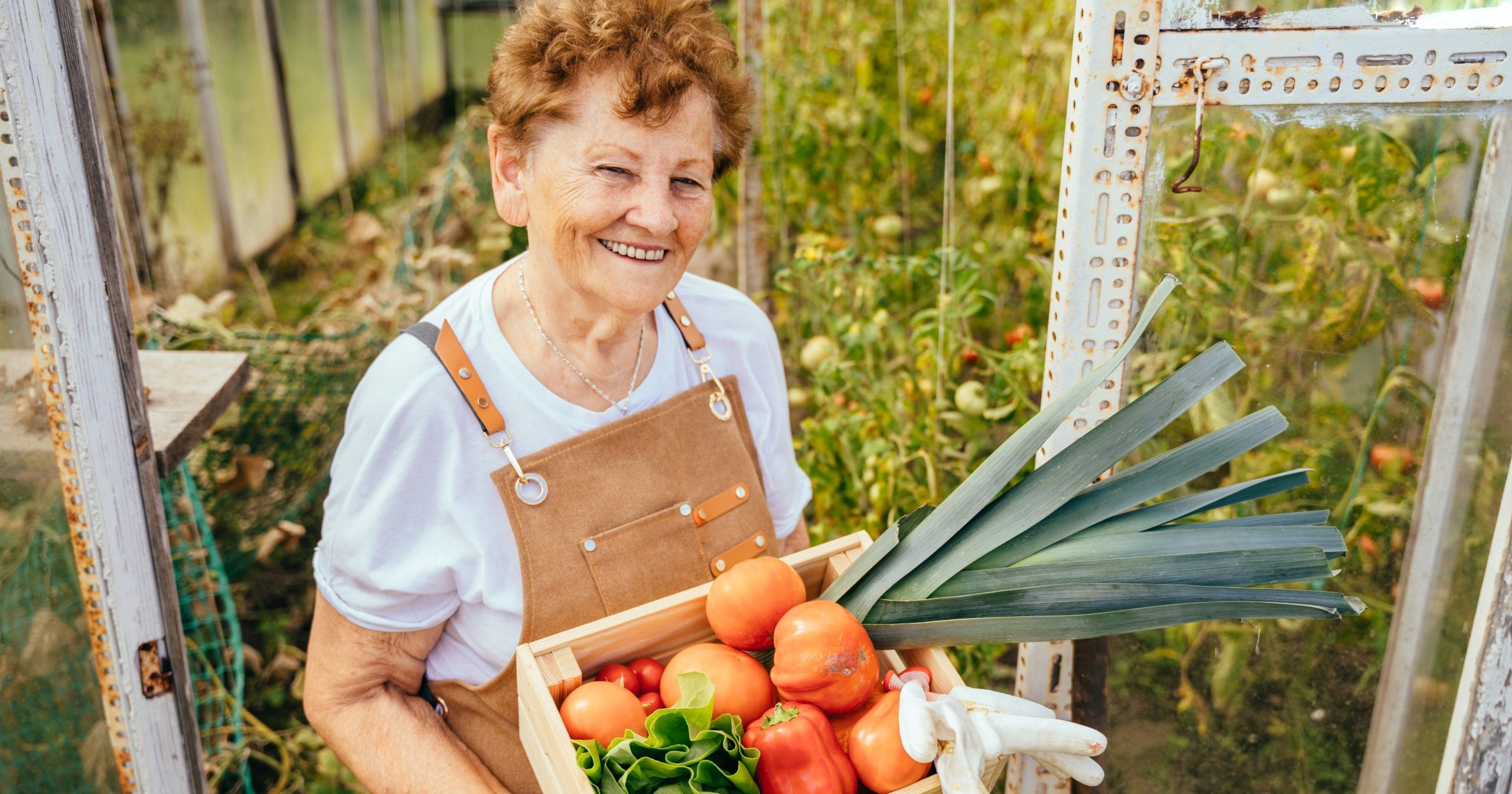As modern lifestyles continue to evolve, convenience is becoming more of a priority – even for residents who aren’t as on the go as they once were. Processed foods offer kitchens a desired sense of ease but may come at a cost. Fresh foods may take a bit more effort (and a higher budget), but give you the peace of mind that you know where your residents’ food is coming from. Eating healthily should be at the top of everyone’s to-do list regardless of age, diet requirements, or culinary preferences. However, one question still lingers: which one is better for you – fresh or processed food?
In general, the quality of food has changed over the past century. In a 2022 interview with National Geographic, Kristie Ebi, an expert in climate change and health from the University of Washington (Seattle), says that the food available to our grandparents was much healthier than what’s on the shelves today. This is because our current agriculture harvesting and fertilization processes are altering the plants’ relationships with the soil – creating an imbalance in the natural environment. Combined with global warming and climate change, these nutritional changes are predicted to continue into the future.
This means that the food your residents were used to eating during their childhood isn’t going to be the same as what they’ll enjoy during retirement. That shouldn’t deter you from getting as much fresh food into your dining program as possible.
Let’s explore the nuances between fresh and processed food.
What’s the difference between fresh and processed food?
By definition, fresh food is “food that is not preserved by canning, dehydration, freezing, or smoking.” Sometimes, fresh foods involve a minimal amount of cleaning or storing the food – technically making them processed foods. For example:
- Milk is pasteurized to remove toxins or add necessary vitamins and nutrients (like calcium).
- Fresh vegetables and fruits are washed and packaged so they’re easier to transport to grocery stores.
- Certain cuts of meat have the excess fat or undesirable parts cut off to make them more appealing and safer to eat.
Fresh foods aren’t always organic, even though the two terms are frequently used simultaneously. Organic foods provide essential nutrients to support older adults’ well-being and are also free from harmful chemicals. These foods, whether fresh, organic, or both, are gentler on seniors’ bodies and reduce the risk of adverse health reactions. This is especially true for your residents that require diet modifications, making fresh foods an excellent choice for a liberalized diet – something we specialize in at Culinary Services Group!
Processed food is anything that’s been changed from the way it was found initially. Per the USDA guidelines, processed food is “a covered commodity that has undergone specific processing resulting in the change in the character of the covered commodity, or that has been combined with at least one other covered commodity or other substantive food complement” like cooking, restructuring, smoking, or curing. Meats like bacon and sausage, cheeses, and bread are all considered processed.
Usually, these processed foods are higher in salt, fat, and sweeteners than fresh foods. Some, called ultra-processed foods, may contain high preservatives or artificial flavors. Some of your favorite guilty pleasures fall into this category, like cereal, potato chips, and sodas. You don’t necessarily want to have these readily available for residents to consume throughout the day.
Are all processed foods unhealthy?
When you think about processed foods, you probably think of frozen meals, canned goods, and ready-to-eat snacks. And while they offer a quick and effortless way to get a meal, the nutritional value isn’t always the best. However, according to the Harvard T.C. Chan School of Public Health, processing doesn’t have to be bad.
It’s actually an overgeneralization to assume that all processed foods are inherently unhealthy. Most times, processing is used to remove bacteria that are bad for our bodies and make it possible for the food to last longer without spoiling. That’s the case for most minimally processed foods and others that retain some of the nutrients. In some cases, nutrients like B and D vitamins or iron are added to the foods to prevent bacteria or counteract deficiencies.
What’s Our Culinary Promise?
At Culinary Services Group, we pride ourselves on offering a variety of fresh and minimally processed foods to promote a healthy diet for seniors. Our “fresh is best” attitude means we create our menus using fresh ingredients from local suppliers in your community and cook from scratch. 85% of seniors surveyed by Culinary Visions believe that fresh, locally sourced food is better than the alternative (processed foods) in 2018, and these views have only gotten stronger as culinary diversity and sourcing have become more important to older adults.
UCLA Health recommends being realistic about a diet, following the “80% good, 20% cheat” philosophy. Although this seems strict, it actually allows for the flexible, person-centered style of dieting preferred in many long-term care communities. With Culinary Service Group, no matter your budget, at least 50% of produce, soups, and sauces are made in-house or sourced locally. Many of our clients enjoy menus that are comprised of only fresh produce and meats with thoughtful and intentional options like on-site gardens and locally sourced tasting menus tailored to each location.
Our culinary promise is just that – a vow that as your food service management partner, we stand by our promise of providing fresh, focused, healthy, and wholesome meals to older adults in long-term care communities. Schedule a consultation with one of our sales team members to learn more.








